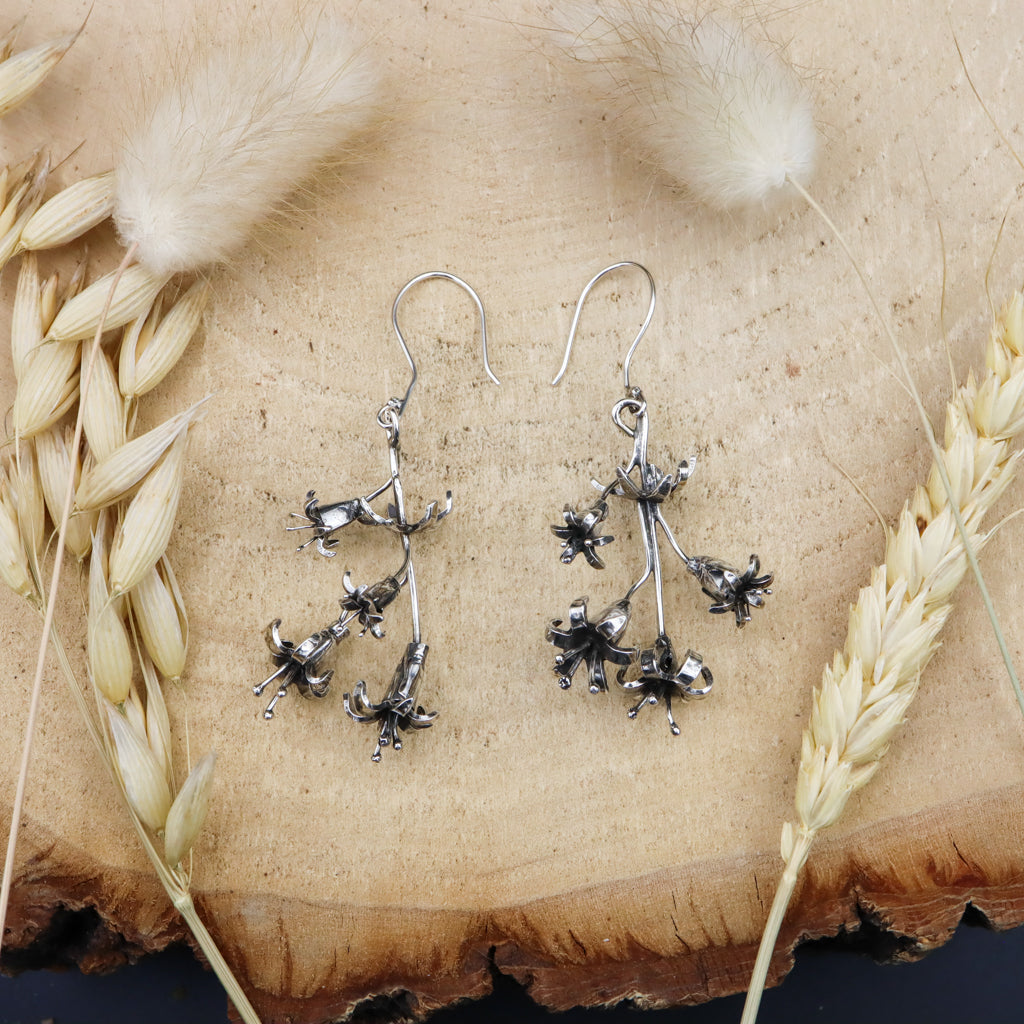
If you love birds, you have to love bugs
When I dive into something, I seem to really dive. For the past handful of years it has been removing invasives wherever we can and replacing them with native plants instead. Because I love animals. Yes, the plants we choose are important to the wild animals that we love.
My husband, Josh, and I absolutely adore wildlife. Joshua has a thing for birds. He enjoys feeding them, watching them, talking to them, giving them made up names, creating fancy water features for them, and even goes as far as inviting wild birds we see in other states to our yard. Thankfully none of them have taken him up on his offer because he has done this at least a million times.

A male American goldfinch feeding one of his young in our backyard.
When you love birds you have to also love bugs. That last sentence made you shake your head, didn't it? Well, birds want to live in a place where they can safely nest and raise their young, right? And, what do they feed their young? Almost every single species of bird feeds their hatchlings bugs. In fact, I recently learned of a study where scientists counted how many insects a nesting pair of chickadees fed their young until they fledged. A nest of chickadee babies needed to be fed between 3,000 - 9,000 insects (mostly caterpillars) to be strong enough to fly from their nest. That is a lot of insects for just ONE nest of tiny birds! So, if we need to have insects in our yards that our beloved wild birds need to feed their babies, what should we grow? Yes! Native plants! Plants that naturally grow and thrive where we live have the best odds of not only attracting native insects, but also withstanding the nibbling on by those insects. These native plants have evolved being able to be a part of this natural cycle.

A tiny monarch caterpillar on a milkweed leaf from our backyard. Monarch butterflies will only lay eggs on milkweed plants so it is important that we grow them and protect them.
These Turk's-cap lily earrings are the first native plant that I have created for you. Those wonderfully spotty orange flowers often attract butterflies from the swallowtail family. Sometimes growing up to 8 feet tall, the flowers entice native butterflies into sipping from their unique speckled flowers. Keeping the butterflies happy encourages them to stick around and lay their eggs. Some caterpillars grow up to be new wonderful beings, some will become a healthy food source for that nest full of baby cardinals you have been smiling at in your backyard.
Be well!




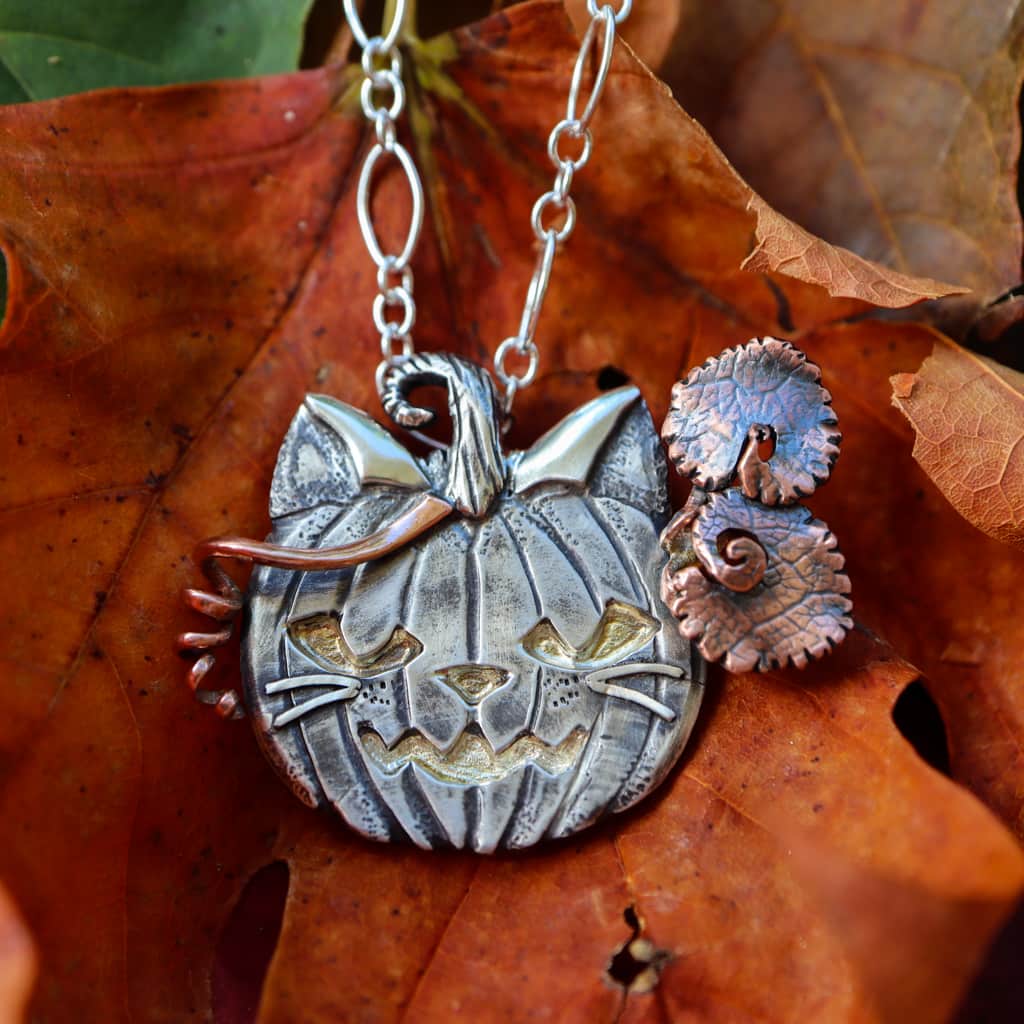
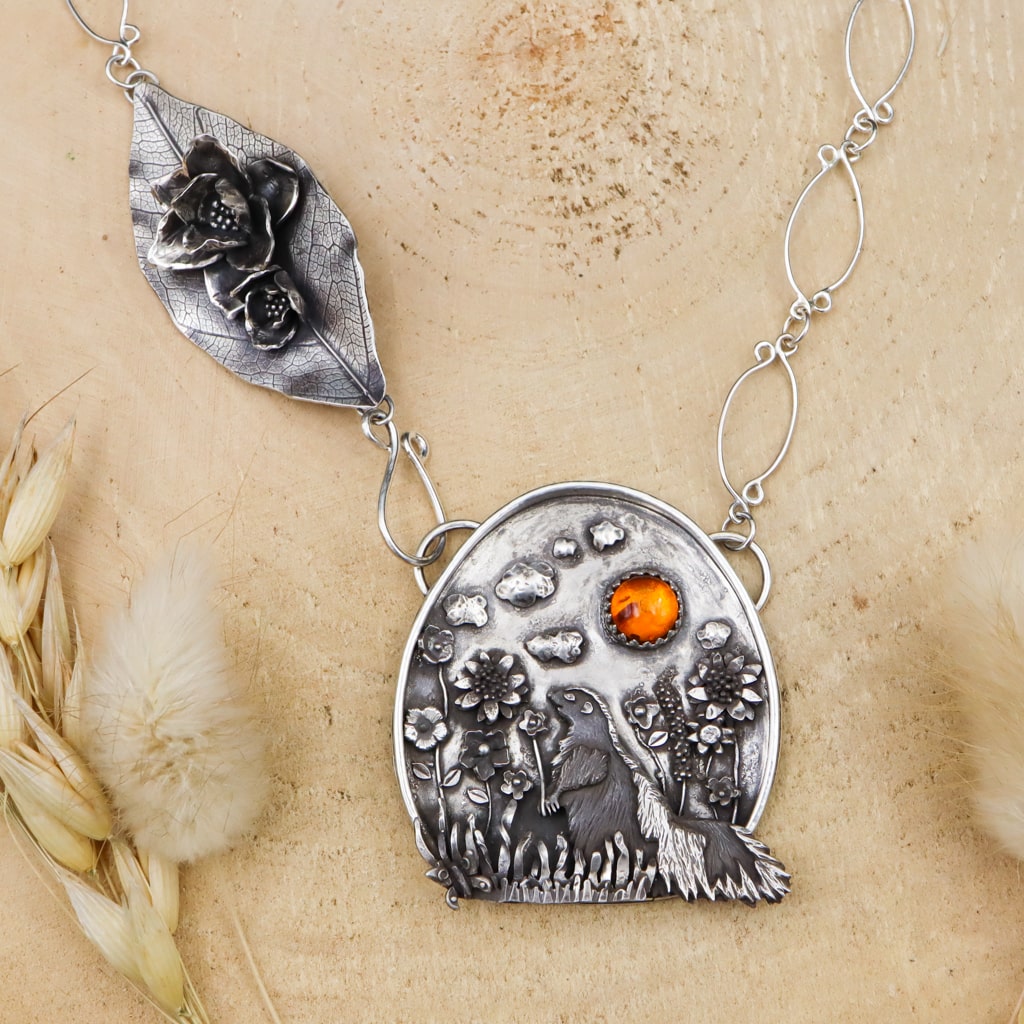
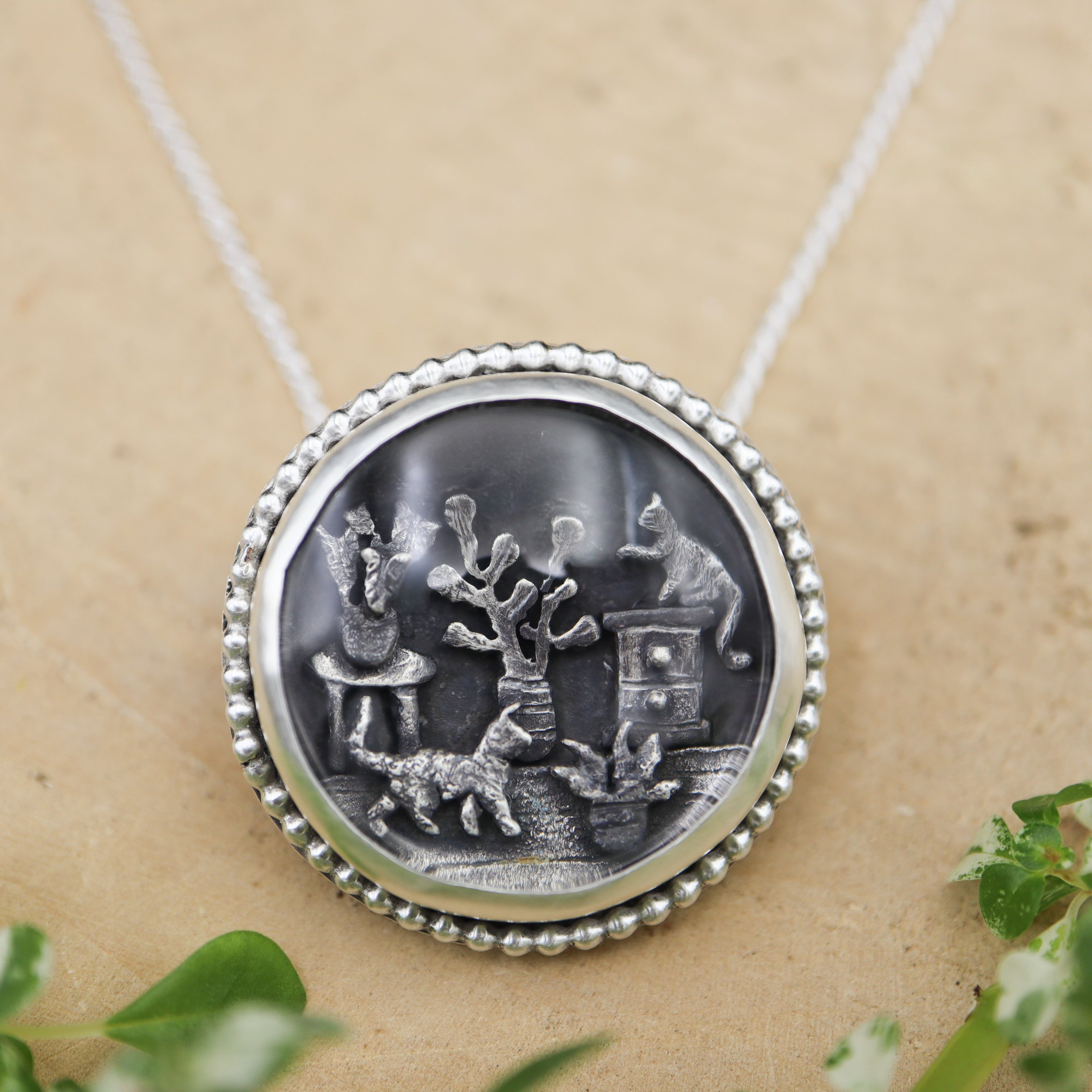
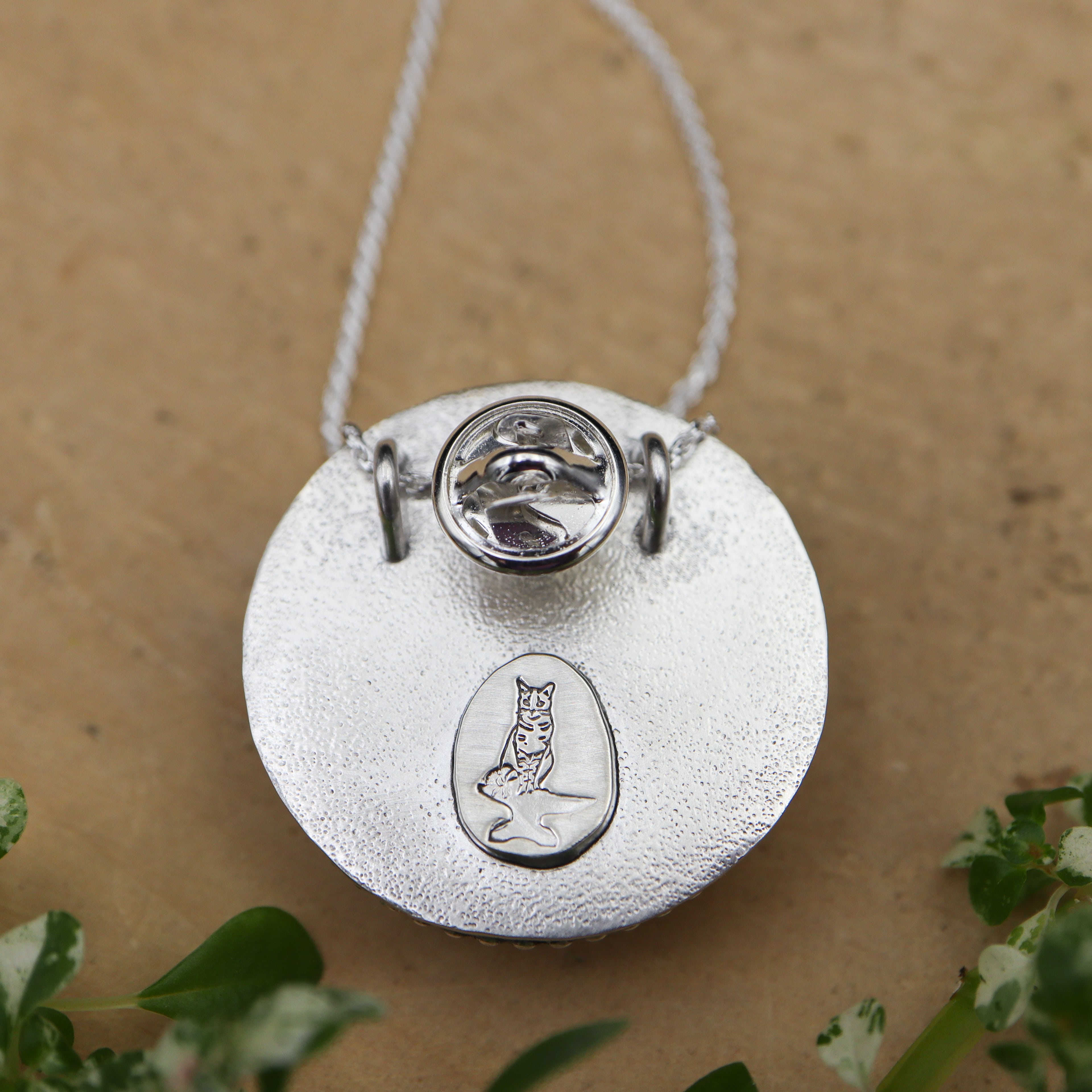
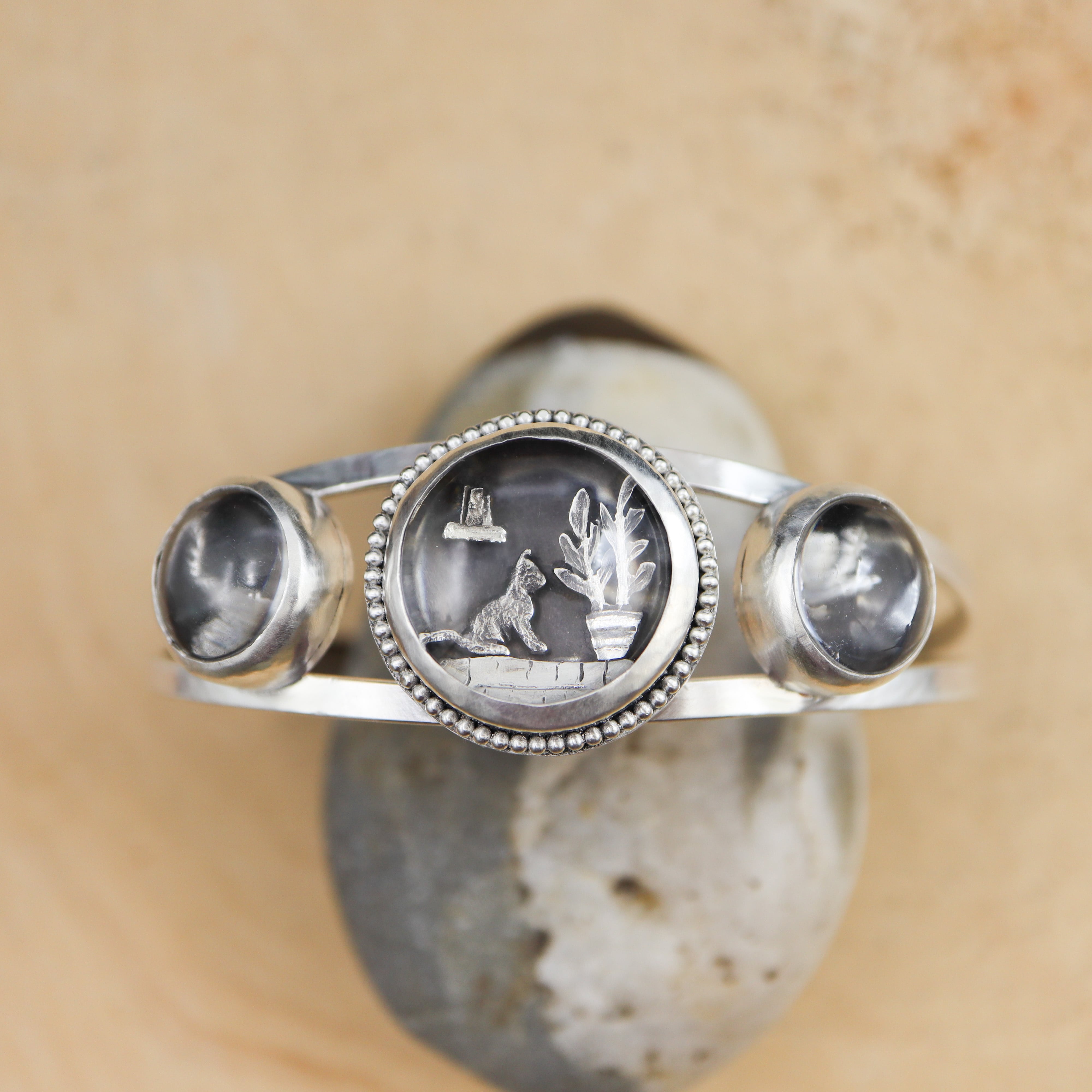
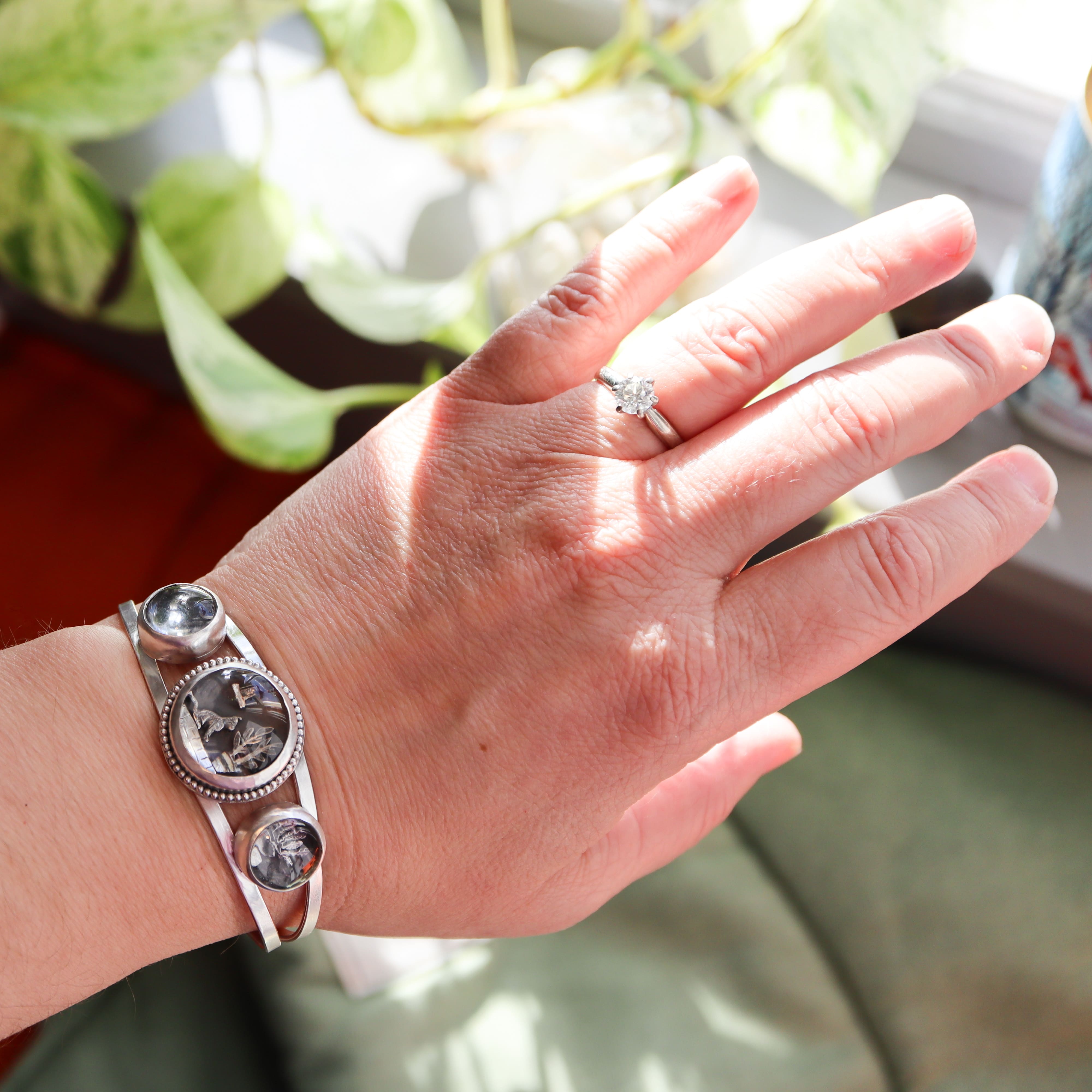
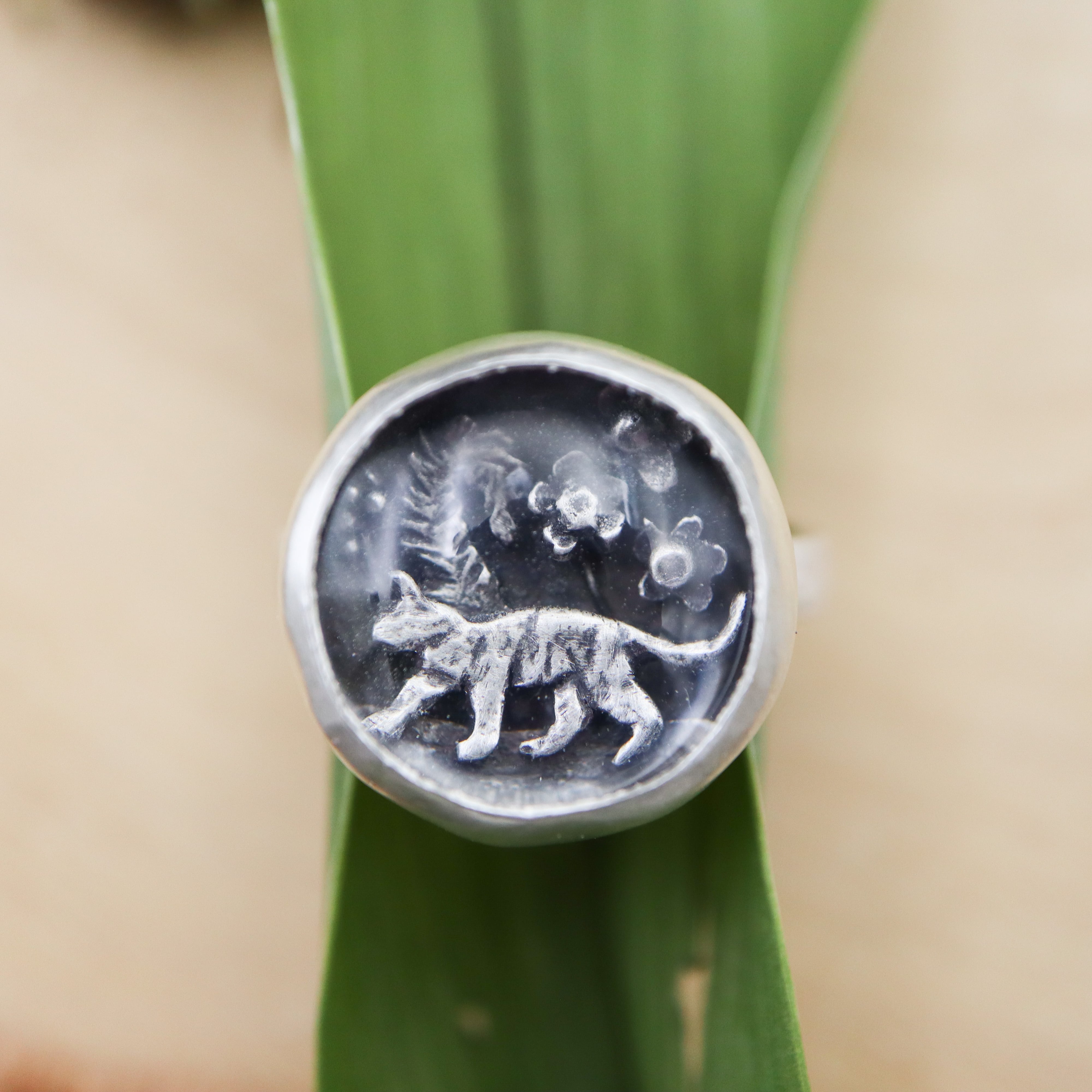


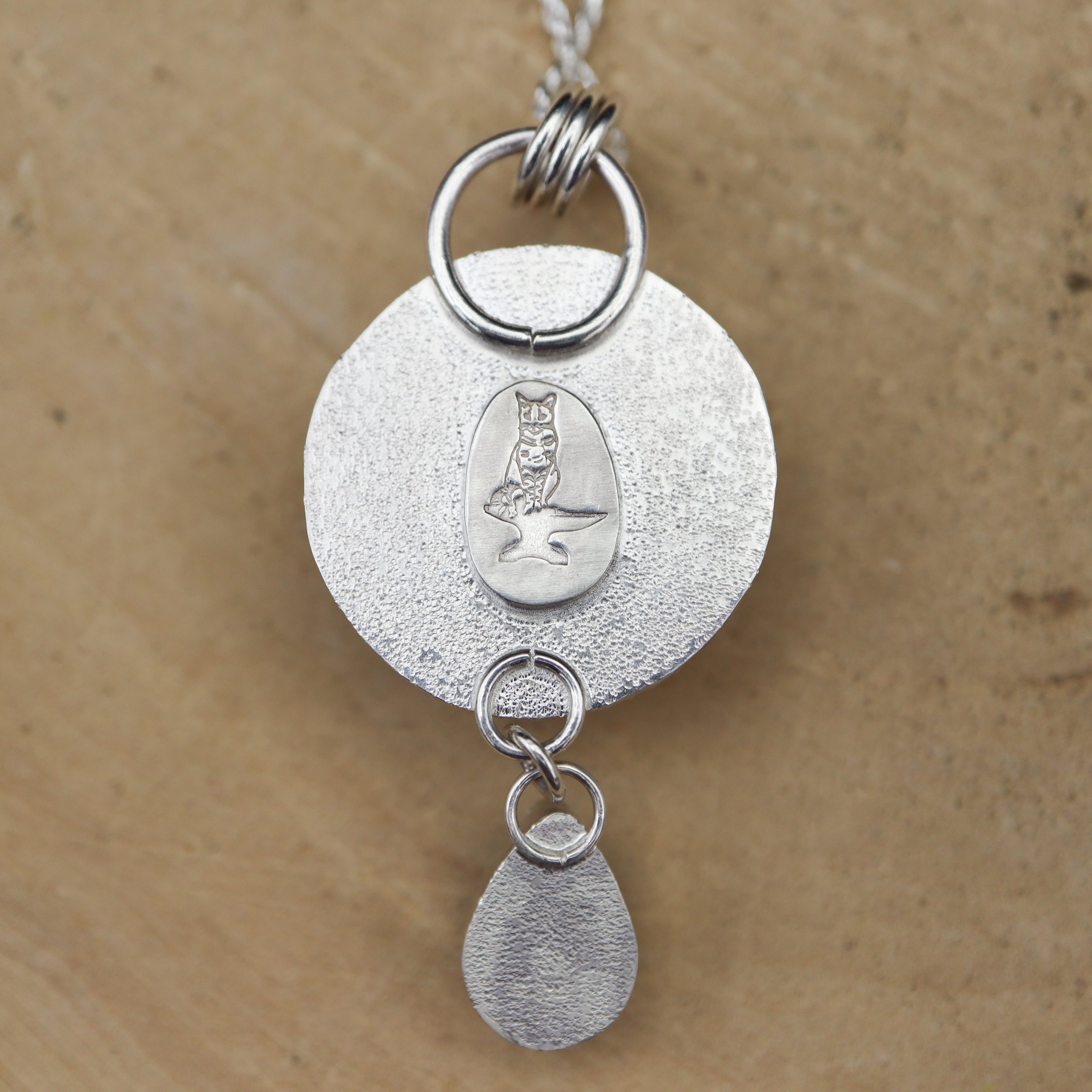


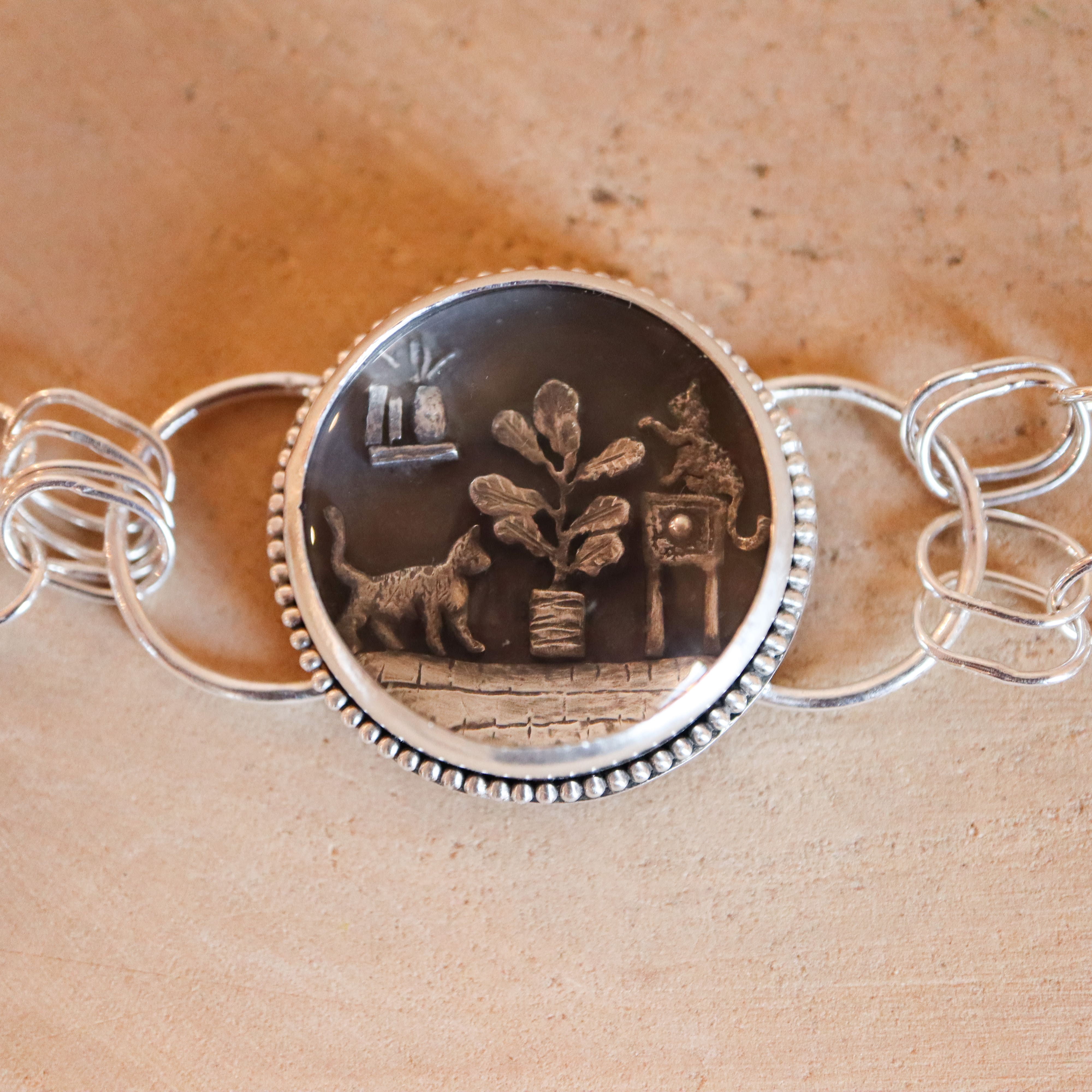
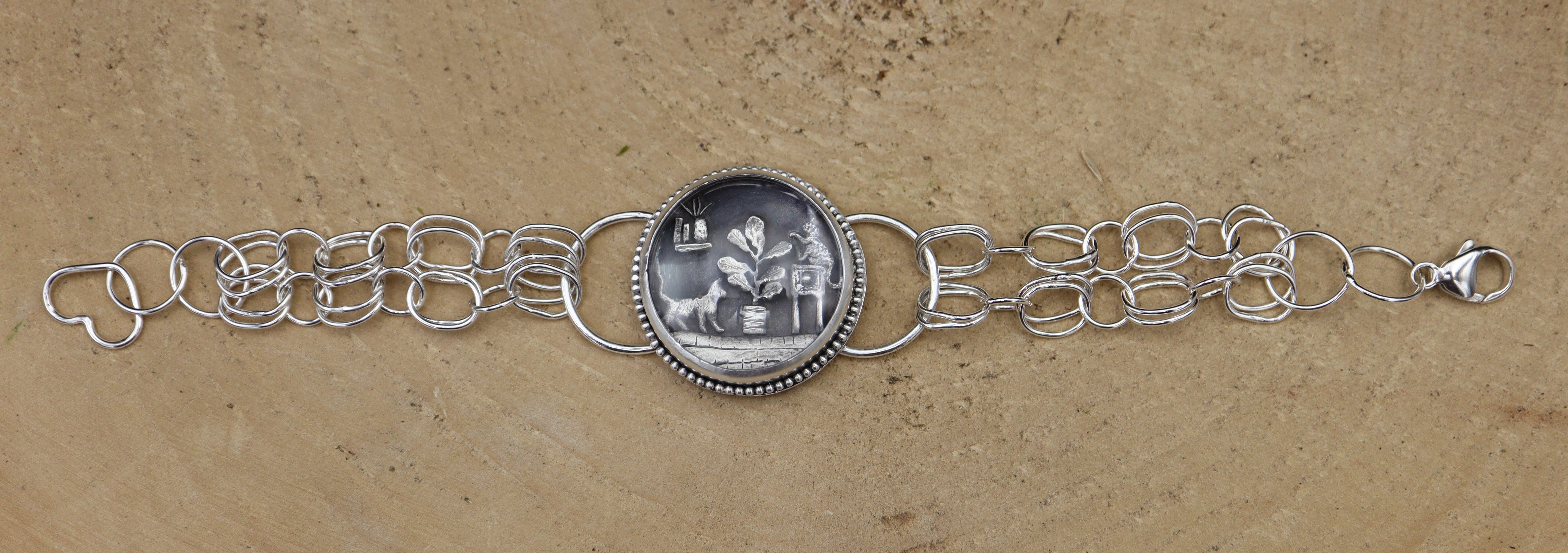

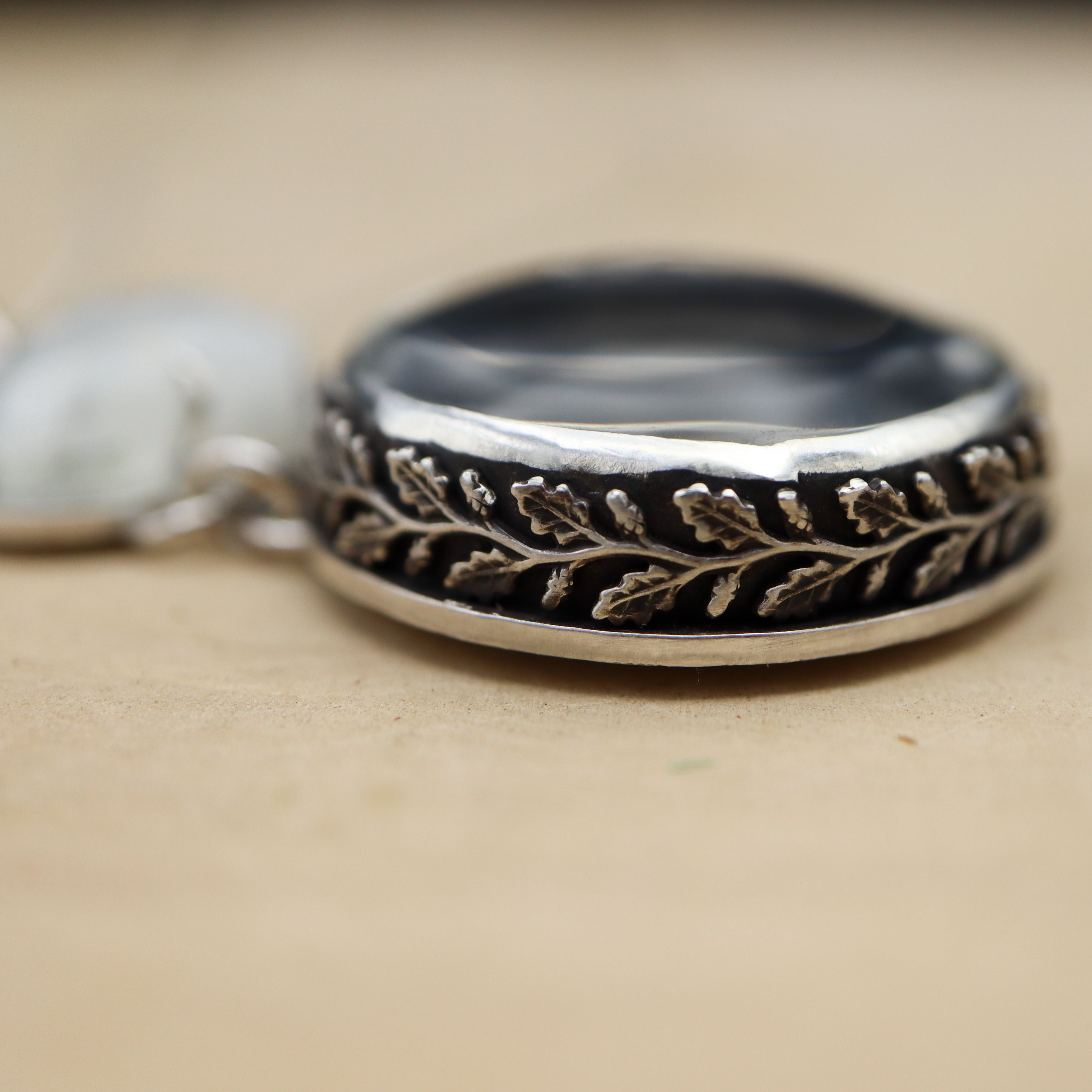
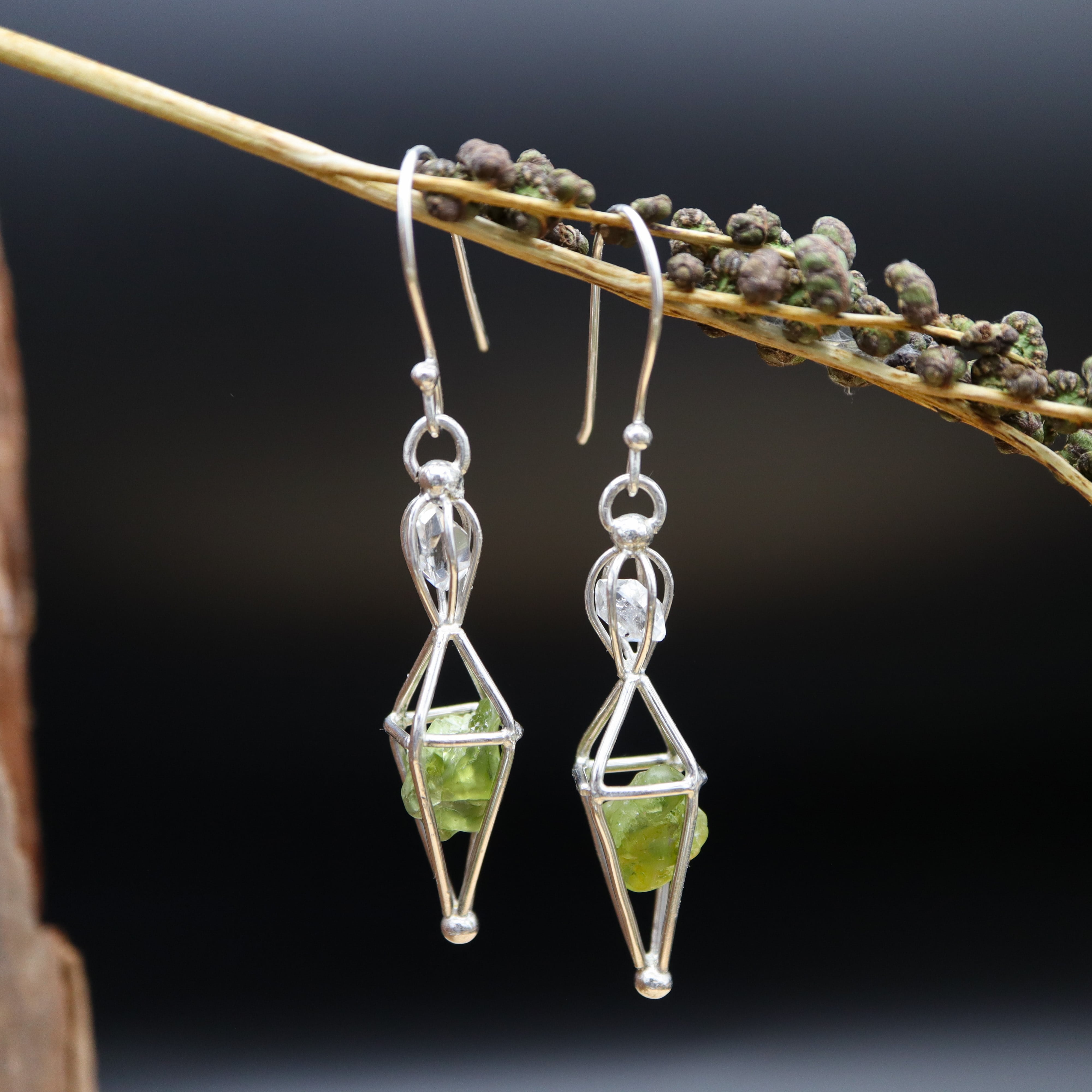
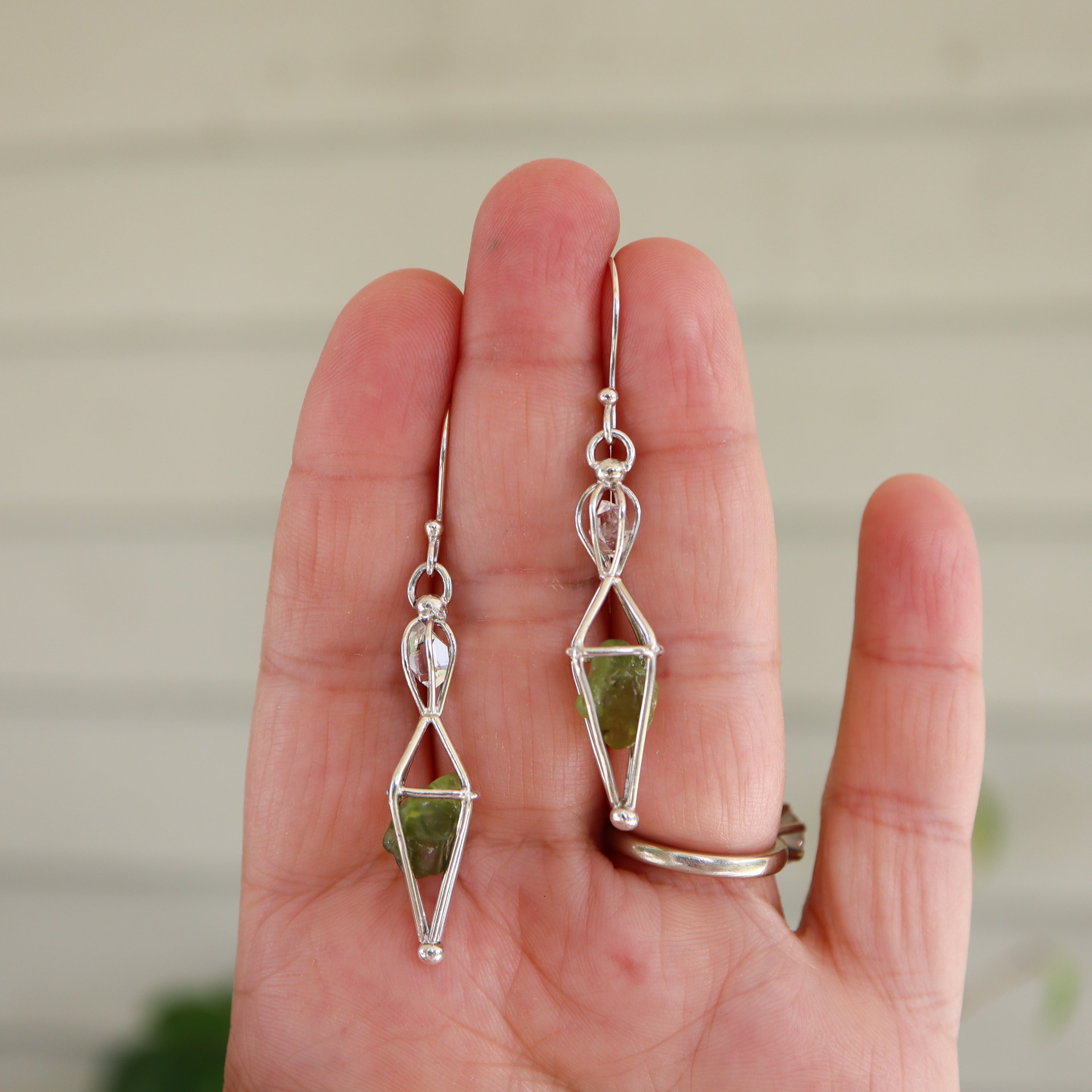
Leave a comment
This site is protected by hCaptcha and the hCaptcha Privacy Policy and Terms of Service apply.